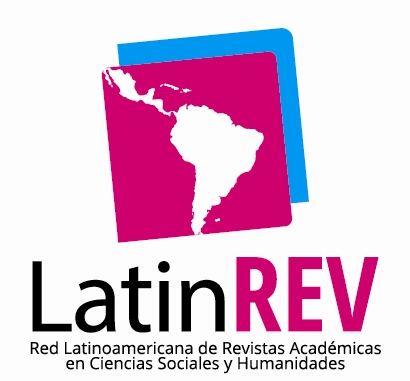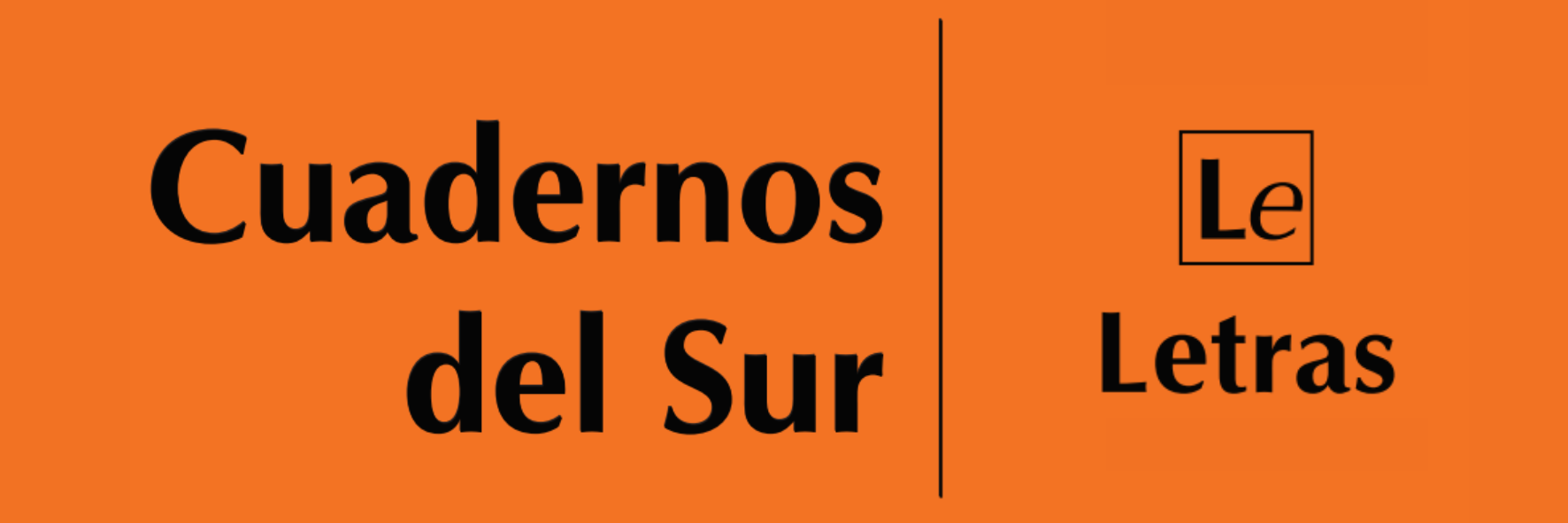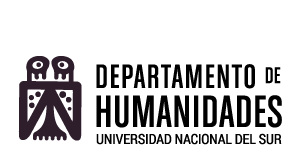El paradójico estatus del número y la figura en la filosofía de Spinoza
Palabras clave:
figura, número, verdad.Resumen
La explicación del origen del número y de la figura que ofrece Spinoza en algunos de sus textos ubica las entidades matemáticas en el segmento más bajo de los géneros de conocimiento, es decir, el del conocimiento imaginativo. No obstante, en otra serie de textos, las matemáticas aparecen como el paradigma del conocimiento racional. La situación descrita es una variante más de la problemática relación que presenta la imaginación y el entendimiento en la filosofía de Spinoza. En el presente artículo intentaremos aclarar la concepción spinoziana del número y la figura a fin de hallar una salida satisfactoria a dicha situación paradójica. Para ello, por un lado, expondremos la visión que presenta Spinoza de la figura y del número como entes imaginativos, por el otro, contrastaremos esa visión con la de las matemáticas como ideal de conocimiento racional. Luego, examinaremos críticamente algunos intentos de salir de la paradoja. Finalmente, expondremos nuestra interpretación que se apoya en dos puntos claves, la complementariedad de la imaginación y el entendimiento, y la teoría internalista de la verdad.
Descargas
Citas
Spinoza, Baruch (1925), Opera, 4 vols., Heidelberg, Carl Winter [edición de Carl Gebhardt].
Spinoza, Baruch (1988), Correspondencia, Madrid, Alianza, [traducción, introducción y notas de Atilano Domínguez].
Spinoza, Baruch (1988), Tratado de la reforma del entendimiento. Principios de filosofía de Descartes. Pensamientos Metafísicos, Madrid, Alianza [traducción, introducción y notas de Atilano Domínguez].
Spinoza, Baruch (2000), Ética demostrada según el orden geométrico, Madrid, Trotta [traducción de Atilano Domínguez].
Curley, Edwin M. (1973), “Experience in Spinoza’s theory of knowledge”, en Grene, Marjorie (ed.), Spinoza: a collection of critical essays, Garden City, Doubleday-Anchor Press, pp. 25-59.
Della Rocca, Michael (2008), Spinoza, Nueva York, Routledge.
Floistad, Guttorm (1973), “Spinoza’s theory of knowledge in the Ethics”, en Grene, Marjorie (ed.), Spinoza: a collection of critical essays, Garden City, Doubleday-Anchor Press, pp. 101-127.
Garrett, Don (1990), “Truth, method and correspondence in Spinoza and Leibniz”, Studia spinozana, vol. 6, pp. 11-43.
Gueroult, Martial (1968), Éthique I, Dieu, París, Aubier.
Gueroult, Martial (1974), Éthique II, L’âme. París, Aubier.
Nadler, Steven (2006), Spinoza’s Ethics. An introduction, Nueva York, Cambridge University Press.
Parkinson, George Henry Radcliffe (1954), Spinoza’s theory of knowledge, Oxford, Clarendon Press.
Parkinson, George Henry Radcliffe (1973), “Language and knowledge in Spinoza”, en Grene, Marjorie (ed.), Spinoza: a collection of critical essays, Garden City, Doubleday-Anchor Press, pp. 73-100.
Parkinson, George Henry Radcliffe (1978), “‘Truth is its own standard’: aspects of Spinoza’s theory of truth”, en Shahan, Robert W. y Biro, John I. (eds.), Spinoza: new perspectives, Norman, University of Oklahoma Press, pp. 35-55.
Radner, Daisy (1971), “Spinoza’s theory of ideas”, The philosophical review, vol. 80, pp. 338-359.
Yakira, Elhanan (1990), “What is a mathematical truth?”, Studia spinozana, vol. 6, pp. 73-101.
Descargas
Cómo citar
Número
Sección
Licencia
Derechos de autor 2018 Mario A. Narváez

Esta obra está bajo una licencia internacional Creative Commons Atribución-NoComercial 4.0.
Aquellos autores/as que tengan publicaciones con esta revista, aceptan los términos siguientes:- Los autores/as conservarán sus derechos de autor y garantizarán a la revista el derecho de primera publicación de su obra, el cuál estará simultáneamente sujeto a la licencia Atribución-No Comercial 4.0 Internacional CC BY-NC 4.0.
- Los autores/as podrán adoptar otros acuerdos de licencia no exclusiva de distribución de la versión de la obra publicada (p. ej.: depositarla en un archivo telemático institucional o publicarla en un volumen monográfico) siempre que se indique la publicación inicial en esta revista.
- Se permite y recomienda a los autores/as difundir su obra a través de Internet (p. ej.: en archivos telemáticos institucionales o en su página web) una vez publicado su trabajo, lo cual puede producir intercambios interesantes y aumentar las citas de la obra publicada. (Véase El efecto del acceso abierto).














